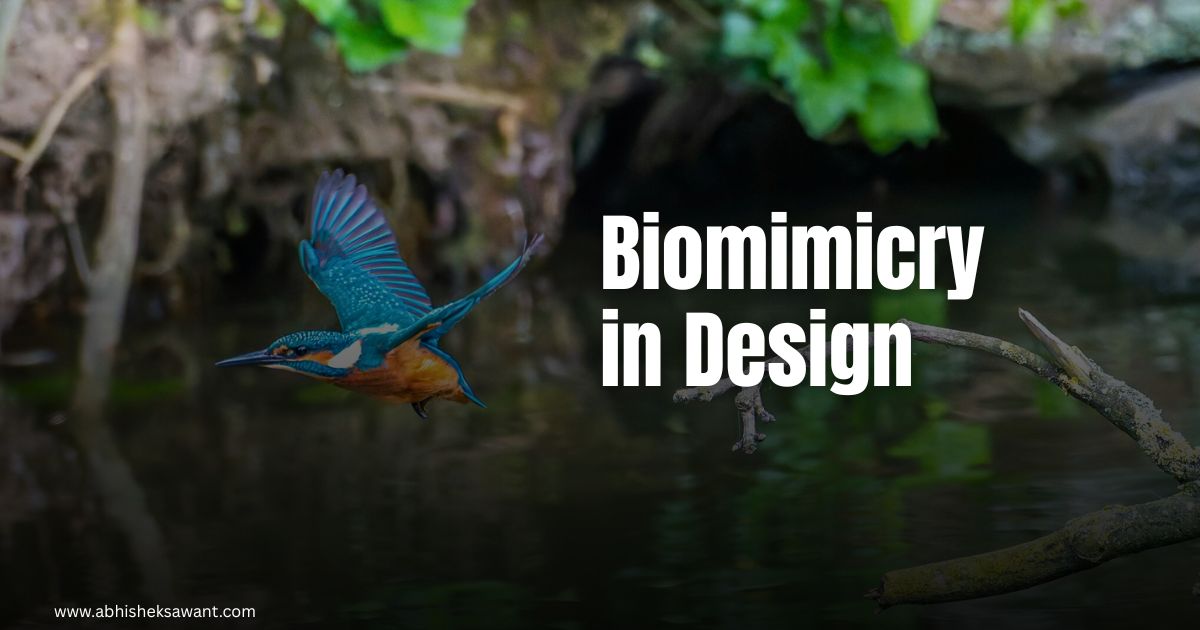“Look deep into nature, and then you will understand everything better.” — Albert Einstein
What is Biomimicry?
Biomimicry is the practice of learning from nature’s designs and applying those insights to solve human problems. It’s not about copying — it’s about understanding.
Nature has spent billions of years evolving solutions. The curves of a bird’s beak, the texture of a shark’s skin, the pattern on a leaf — they all serve a function. Designers, engineers, and scientists are now learning to pay attention.
Why Nature is the Ultimate Designer
Nature is efficient. Every structure, movement, and surface has a reason to exist — whether it’s to save energy, reduce drag, or improve survival.
While modern design often chases aesthetics, nature balances form with function. That’s why biomimicry leads to both beauty and usability.
3 Fascinating Examples of Biomimicry
1. Kingfisher → Bullet Train (Japan)
Japan’s Shinkansen bullet train once had a serious problem. Every time it exited a tunnel at high speed, it created a loud sonic boom — disturbing wildlife and nearby residents.
Eiji Nakatsu, an engineer and birdwatcher, noticed how a kingfisher could dive into water without making a splash.
He redesigned the train’s nose to mimic the kingfisher’s beak.
Result:
- Quieter
- 10% faster
- 15% more energy-efficient
2. Shark Skin → Hospital Walls & Swimsuits
Shark skin has microscopic grooves that reduce drag and prevent microorganisms from sticking to it.
This inspired:
- Competitive swimsuits worn in the Olympics
- Antibacterial wall surfaces in hospitals that reduce infection rates
A simple skin pattern helped solve problems in both sports and healthcare.
3. Lotus Leaf → Self-Cleaning Tech
Lotus leaves repel water and stay clean in muddy environments.
Why? Tiny waxy bumps on their surface cause water to bead and roll off — carrying dirt with it.
Inspired by this, designers developed:
- Self-cleaning windows
- Water-repellent paint
- Stain-resistant fabrics
Sometimes the cleanest solution is the most natural one.
What Designers Can Learn from Nature
- Observe more than you invent
- Focus on function first, form will follow
- Study biology, not just design trends
- Ask: “How does nature already solve this?”
Biomimicry reminds us that design isn’t just about creating — it’s about listening, observing, and adapting.
Final Thoughts
Nature has always been designing — long before we started sketching.
Whether you’re building an app, a product, or a process — there’s probably a version of it already working in nature.
Let’s learn from it.
If you liked this article and want to support my work, you can buy me a coffee.

Image Credits:
Cover Image: Photo by Siegfried Poepperl on Unsplash
